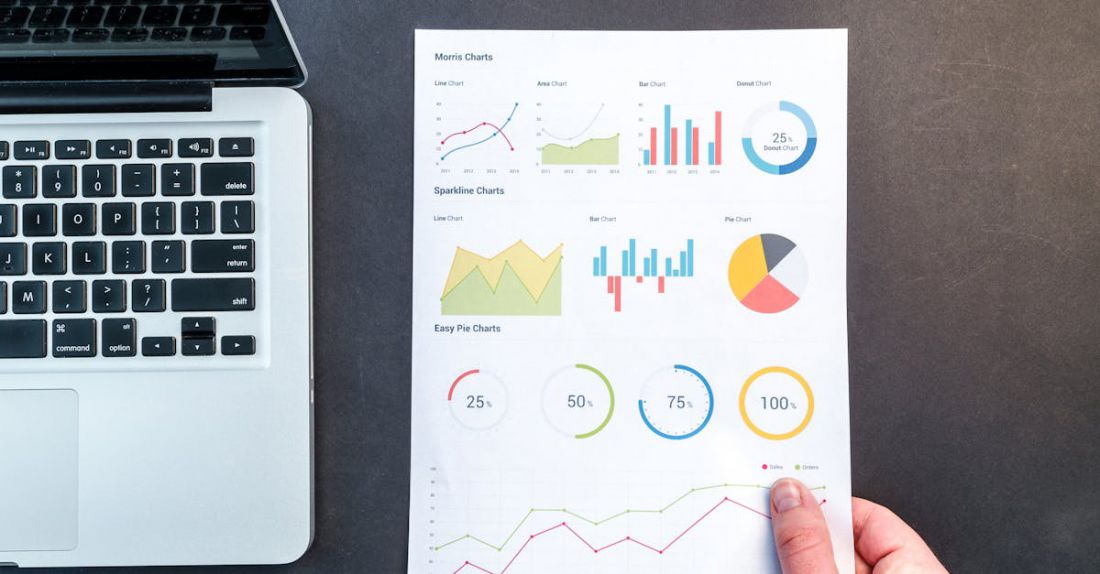
Urban planning plays a crucial role in shaping the growth and development of cities. It involves making decisions on land use, infrastructure development, transportation systems, and more, to create sustainable and livable urban environments. In recent years, the advent of data analytics has revolutionized the field of urban planning, offering new insights and tools to make informed decisions. This article explores how data analytics is transforming urban planning and improving the way cities are designed and managed.
**The Power of Data Analytics in Urban Planning**
Data analytics is the process of analyzing raw data to uncover meaningful patterns, correlations, and trends. In the context of urban planning, data analytics involves collecting and analyzing vast amounts of data from various sources to gain insights into how cities function and how they can be improved. This data can come from sources such as sensors, satellites, social media, and government records, providing a comprehensive view of urban dynamics.
**Optimizing Transportation Systems**
One of the key areas where data analytics is making a significant impact is in optimizing transportation systems. By analyzing data on traffic flow, public transportation usage, and commuting patterns, urban planners can identify bottlenecks, inefficiencies, and areas in need of improvement. This information can be used to design more efficient transportation networks, reduce congestion, and improve accessibility for all residents.
**Enhancing Public Safety**
Data analytics is also being used to enhance public safety in urban areas. By analyzing crime data, emergency response times, and other relevant information, cities can identify high-crime areas, allocate resources effectively, and implement targeted interventions to reduce crime rates. Additionally, data analytics can help predict and prevent accidents, natural disasters, and other emergencies, ensuring the safety and well-being of city residents.
**Promoting Sustainability**
Sustainability is a key consideration in modern urban planning, and data analytics is playing a crucial role in promoting environmentally friendly practices. By analyzing data on energy consumption, waste management, air quality, and other sustainability metrics, cities can identify areas where they can reduce their environmental impact and improve their overall sustainability. This information can inform decisions on renewable energy projects, green infrastructure, and sustainable development practices.
**Improving Land Use Planning**
Data analytics is also revolutionizing land use planning by providing valuable insights into how land is utilized in urban areas. By analyzing data on property values, zoning regulations, population density, and other factors, urban planners can make informed decisions on where to locate new developments, parks, and public facilities. This information can help cities optimize land use, promote economic development, and create vibrant, inclusive communities.
**Empowering Citizen Engagement**
Another benefit of data analytics in urban planning is its ability to empower citizen engagement and participation in the planning process. By making data accessible to the public through interactive maps, dashboards, and other tools, cities can involve residents in decision-making and gather valuable feedback on proposed projects. This transparency and collaboration can lead to more inclusive and responsive urban planning processes that better reflect the needs and preferences of the community.
**Incorporating Real-Time Data**
One of the most exciting developments in data analytics for urban planning is the ability to incorporate real-time data into decision-making processes. By using sensors, IoT devices, and other technologies to collect data in real-time, cities can monitor and respond to changing conditions quickly and effectively. This real-time data can inform decisions on traffic management, emergency response, and urban development, allowing cities to adapt to dynamic situations and improve overall efficiency.
**The Future of Urban Planning with Data Analytics**
As technology continues to advance and data analytics capabilities grow, the future of urban planning looks increasingly data-driven. By harnessing the power of data analytics, cities can create more sustainable, resilient, and livable urban environments that meet the needs of residents today and in the future. By leveraging data to inform decision-making, urban planners can design cities that are efficient, inclusive, and responsive to the challenges of the 21st century.





